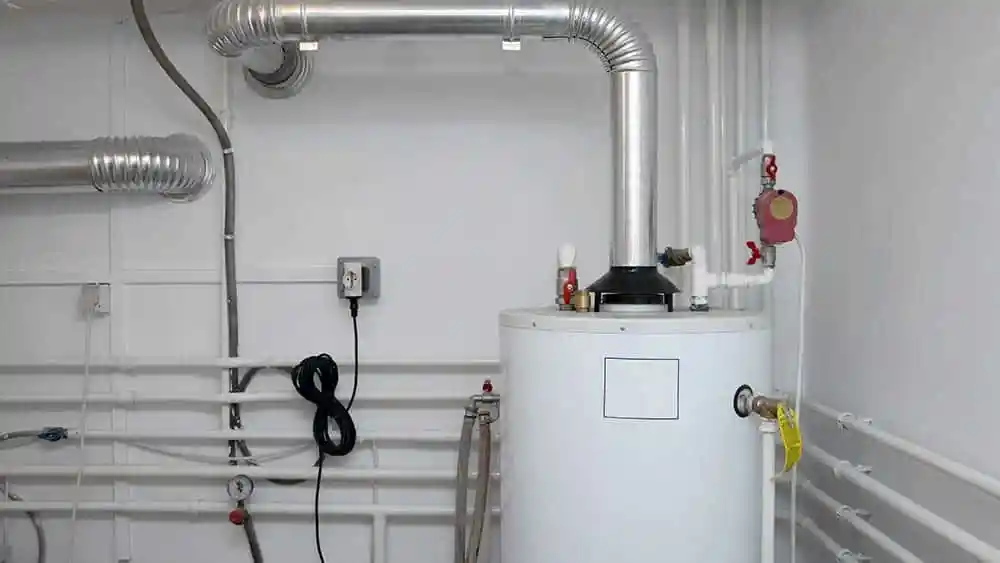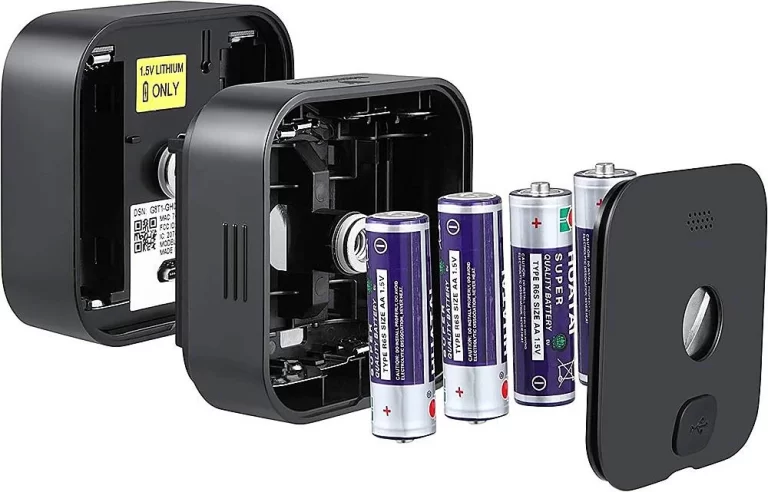What is the Definition of Central Heating?
What is the definition of central heating? Learn the comprehensive definition of central heating and learn how it works to keep your home warm and comfortable.
This expert article provides detailed insights and answers to your frequently asked questions about central heating.

What is the Definition of Central Heating?
Central heating, simply put, is a heating system that generates warmth at a central point within a building or home and then distributes it to different rooms and spaces through a network of pipes, radiators, or underfloor heating systems.
The primary purpose of central heating is to maintain a comfortable and consistent temperature indoors, regardless of the weather conditions outside.
It is an essential feature of many modern homes and commercial buildings, providing a pleasant living or working environment even during the coldest days.
How Does Central Heating Work?
Central heating systems typically operate on the principle of heating water or air and then circulating the heated medium throughout the building. There are two main types of central heating systems:
Water-Based Central Heating System
In this type of system, a boiler heats water, and a pump circulates it through a network of pipes to radiators or underfloor heating pipes in different rooms.
The heated radiators, in turn, release warmth into the air, raising the indoor temperature.
Air-Based Central Heating System
In an air-based central heating system, warm air is generated by a furnace or heat pump and then distributed through ductwork and vents to various areas of the building.
Both types of central heating systems can be further enhanced by using programmable thermostats, which allow precise control over the temperature and scheduling, leading to increased energy efficiency.
The Components of Central Heating
A well-designed central heating system consists of several essential components that work together to ensure efficient heating throughout the building:
1. Boiler or Furnace
The boiler (or furnace in air-based systems) is the heart of the central heating system. It is responsible for heating the water or air that will be circulated throughout the building.
2. Radiators or Underfloor Heating
Radiators or underfloor heating pipes are responsible for releasing the heat generated by the boiler into the rooms. Radiators are typically placed on walls, while underfloor heating is installed beneath the flooring.
3. Thermostats
Thermostats are devices that allow users to control the temperature of their central heating system.
Modern thermostats come with advanced features like programmability and remote control options, enabling users to optimize their heating settings for comfort and energy efficiency.
4. Circulating Pump
In water-based central heating systems, the circulating pump ensures that heated water flows through the pipes and radiators consistently.
5. Ductwork and Vents
For air-based central heating systems, ductwork and vents distribute warm air to various rooms, maintaining a comfortable indoor environment.
Advantages of Central Heating

Central heating offers numerous advantages that make it a preferred choice for residential and commercial buildings:
1. Uniform Heat Distribution: Central heating ensures even heat distribution throughout the building, eliminating cold spots and providing consistent warmth.
2. Energy Efficiency: With programmable thermostats and zoned heating options, central heating systems can be highly energy-efficient, reducing overall heating costs.
3. Convenience: Once set up, central heating requires minimal user intervention, making it convenient and hassle-free to maintain a comfortable indoor temperature.
4. Improved Air Quality: Central heating systems often come with air filters that enhance indoor air quality by removing dust, allergens, and pollutants from the air.
5. Year-Round Comfort: Central heating systems can also be integrated with cooling options, providing year-round comfort with both heating and cooling capabilities.
Conclusion
In conclusion, central heating is a modern-day necessity that provides comfort, convenience, and energy efficiency in residential and commercial spaces.
Whether you opt for a water-based system with radiators or an air-based system with ductwork, central heating ensures a warm and inviting environment throughout the year.
Regular maintenance and consideration of eco-friendly options can further enhance the system’s efficiency and contribute to a sustainable future. Stay warm and cozy with the wonders of central heating!
READ ALSO!!!




